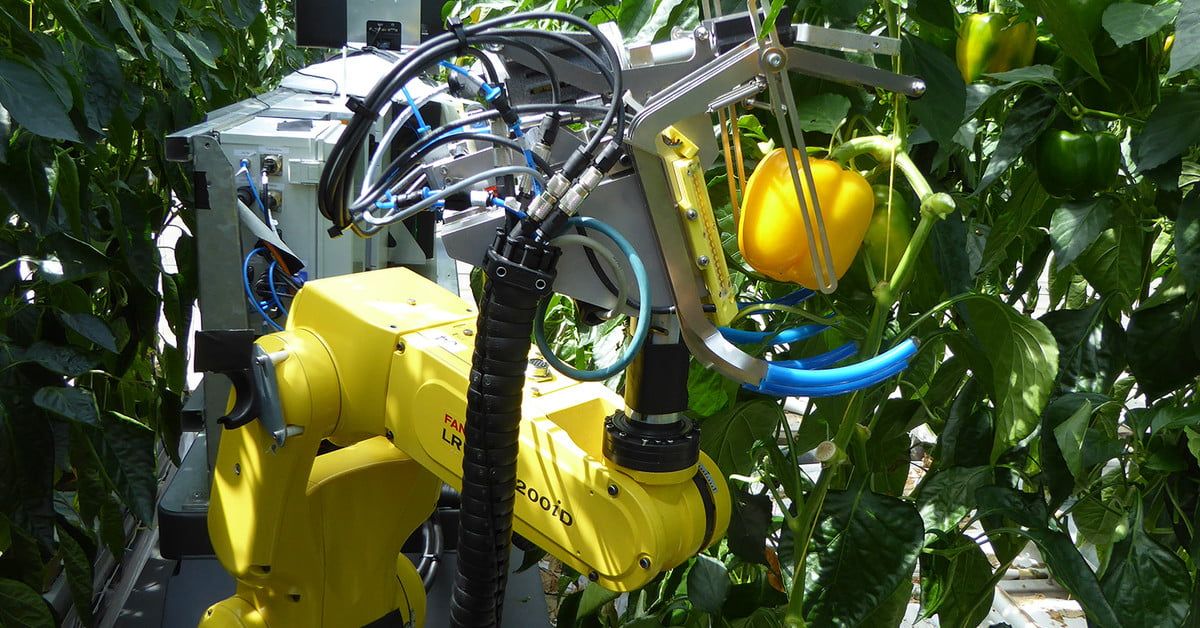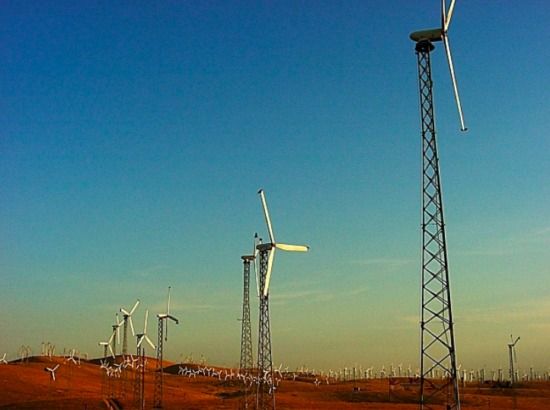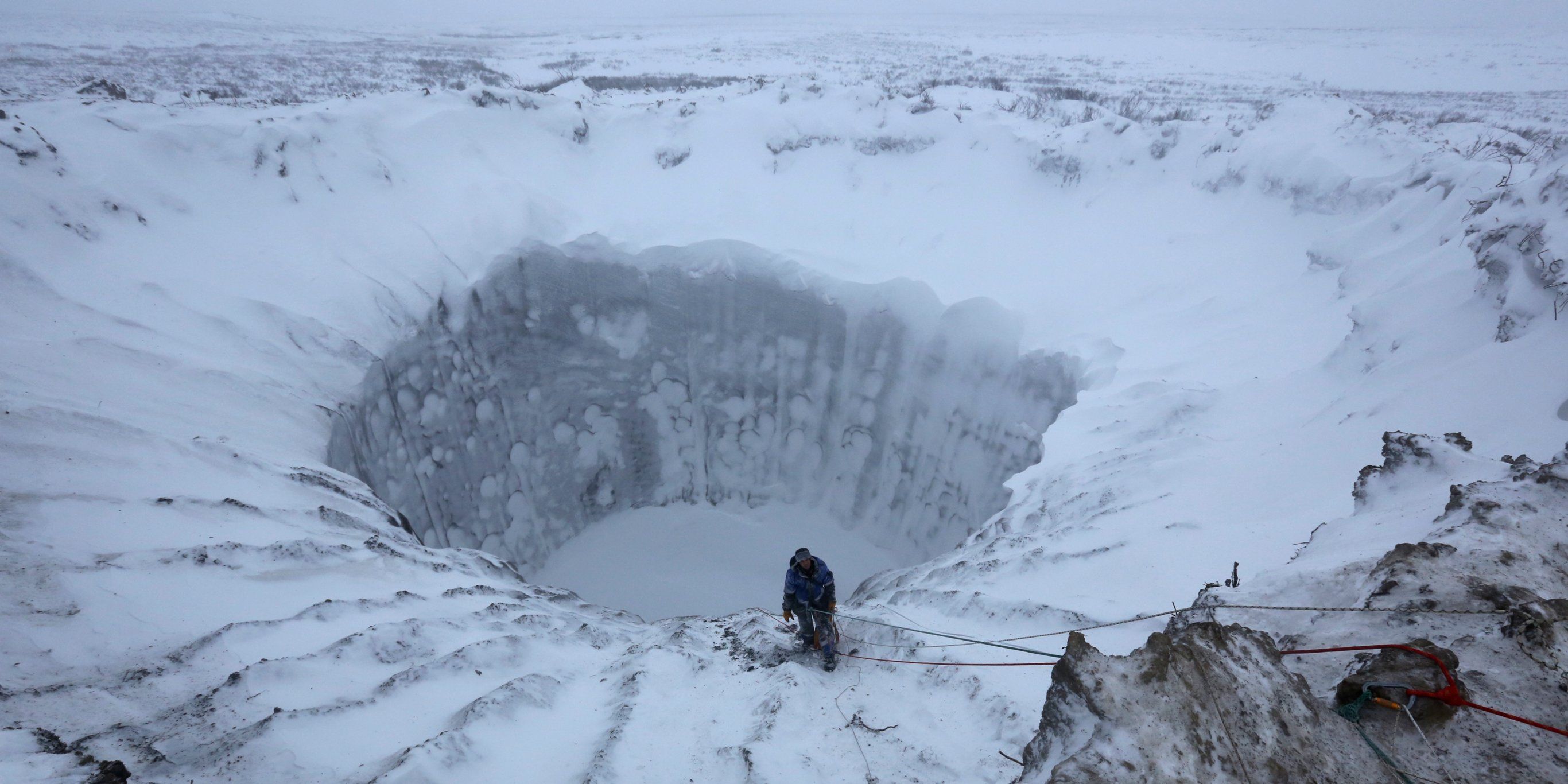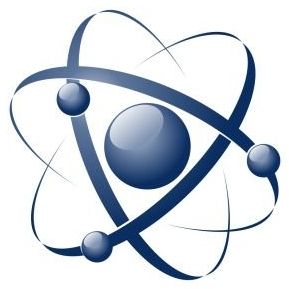The Robots are Coming!
Agricultural scientists are turning to emerging technologies, such as robotics and AI, to help deal with the challenges associated with modern-day farming. Here are some of the tech being harvested today.


It wasn’t that long ago that solar power and wind power were labeled as marginal, ‘green’ electricity, but in the last five years or so they have become much more affordable and economically more feasible than conventional sources like coal and nuclear.
What supported solar along the way partly was the emergence of energy storage in the form of battery systems. Electricity can now be made by solar power systems and the excess can be stored for usage at night or on less sunny days. At least, solar power has been paired successfully with energy storage, and it is catching up with solar power. The cost of this newish technology is dropping, “The overall estimated cost fell 32% in 2015 and 2016, according to the 2017 GTM Reseach utility-scale storage report. That will slow over the next five years, GTM reported. But battery storage is — in certain places and applications — on its way to cost-competitiveness.”
According to Lazard, it could drop another 36% between 2018 and 2022. The UC-Berkeley research study, “Energy Storage Deployment and Innovation for the Clean Energy Transition,” predicted lithium-ion batteries could hit the $100 per kilowatt-hour mark in 2018.

The simulated virtual environment lets network defenders deceive, interact with and analyze adversaries in real time.

To keep an organization safe, you must think about the entire IT ecosystem.
The ever-expanding range and diversity of cyber threats make it difficult for organizations to prioritize their offensive and defensive strategies against attackers. From malware, ransomware, and other attacks coming from the outside, to insider threats and system vulnerabilities from within, today’s expanded attack surfaces cut across the whole enterprise landscape — and that means an enterprise’s threat intelligence strategy must address the entire IT ecosystem.
To be effective, threat intelligence must be proactive, comprehensive, and done in a way that doesn’t inadvertently create more risk. Unfortunately, as a recent Ponemon survey illustrates, most organizations fall short of this goal — tripped up by a range of challenges, including a lack of expertise and overwhelming volumes of data. Improved threat intelligence comes from improving the strategy, techniques, and tools employed by enterprises to probe their networks for weakness and shore up defenses and resiliency.
Update July 18th, 11:35AM ET: Blue Origin pulled off another successful test launch today, landing both the New Shepard rocket and capsule after flight. The company ignited the capsule’s emergency motor after it had separated from the rocket, pushing the spacecraft up to a top altitude of around 74 miles — a new record for Blue Origin. The firing also caused the capsule to sustain up to 10 Gs during the test, but Blue Origin host Ariane Cornell said “that is well within what humans can take, especially for such a short spurt of time.”
This morning, Jeff Bezos’ aerospace company Blue Origin will attempt the ninth test flight of its sub-orbital rocket, the New Shepard — a reusable vehicle designed to take tourists to the edge of space and back. And for this launch, the company will be testing out the vehicle’s escape motor once again. That’s the system that could help save the lives of future passengers if something were to go wrong during the climb through Earth’s atmosphere.
Like most vertical rockets, the New Shepard is designed to take off upright from a launchpad at Blue Origin’s facilities in West Texas. Perched on top of the vehicle is a capsule for crew members, which the rocket carries skyward during flight. Once the New Shepard reaches an altitude of around 62 miles — what’s often considered the edge of space — the capsule and rocket separate. If passengers were on board, that’s when they would experience a few minutes of weightlessness. Then, both the capsule and rocket fall back to Earth. Parachutes deploy to gently land the capsule, while the rocket reignites its engine to land upright on the ground.

We brought the leading experts in aging research and biotech investment together for an action-packed day of science. See what happened at this exciting event and check out our first event video now.
On July 12th, we hosted our first conference, Ending Age-Related Diseases: Investment Prospects & Advances in Research, at the Frederick P. Rose Auditorium, which is part of the Cooper Union campus in New York City. We are delighted to announce that the conference was a huge success with 160 attendees, a wide variety of speakers from both research and business, and some great discussion panels.
The goal of this conference was to promote multidisciplinary collaboration in order to foster the development of next-generation drugs and therapies that directly target the processes of aging and thus have the potential to prevent and cure age-related diseases.
For those of you who could not join us there, we have recorded the talks and panels from the conference, and we will be making them available on our website in the next few weeks once we have edited them. As a special thank you, the Lifespan Heroes, our monthly patrons, will be offered early access to these videos ahead of a public release.

Watersheds channel water from streams to oceans, and more than $450 billion in food, manufactured goods and other economic factors depend on them, according to the Environmental Protection Agency. Watersheds also are crucial to the health of surrounding ecosystems and communities. Now, researchers from the University of Missouri have found that climatic changes and urban development, when working in tandem, could have profound effects on watersheds by midcentury.
“In some cases, the effects of urban development and climatic changes on hydrologic conditions can be intensified when both stressors are considered,” said Michael Sunde, a researcher in MU’s School of Natural Resources. “In spring, for example, we found that both factors could increase runoff, which, in turn, can send more pollutants into streams, increase erosion and cause more serious flooding.”
Sunde (pronounced “Soond”) and his colleagues used several models, including land cover change, hydrologic and climate model projections to identify potential changes in a Missouri watershed for the mid-21st century. Individually, increased urbanization and climate change were shown to have different impacts on the watershed. Researchers found that urban development is likely to increase runoff and limit the amount of water absorbed into the ground as groundwater. Evaporation of water from soil and other surfaces and consumptive water use by plants is also expected to decrease due to urbanization. Conversely, projected temperature increases and changing precipitation patterns would cause decreases to runoff and increased evaporation and plant transpiration. However, climate impacts were shown to vary widely, depending on the season and direction of precipitation changes projected by climate models.
